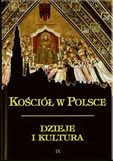
We kindly inform you that, as long as the subject affiliation of our 300.000+ articles is in progress, you might get unsufficient or no results on your third level or second level search. In this case, please broaden your search criteria.

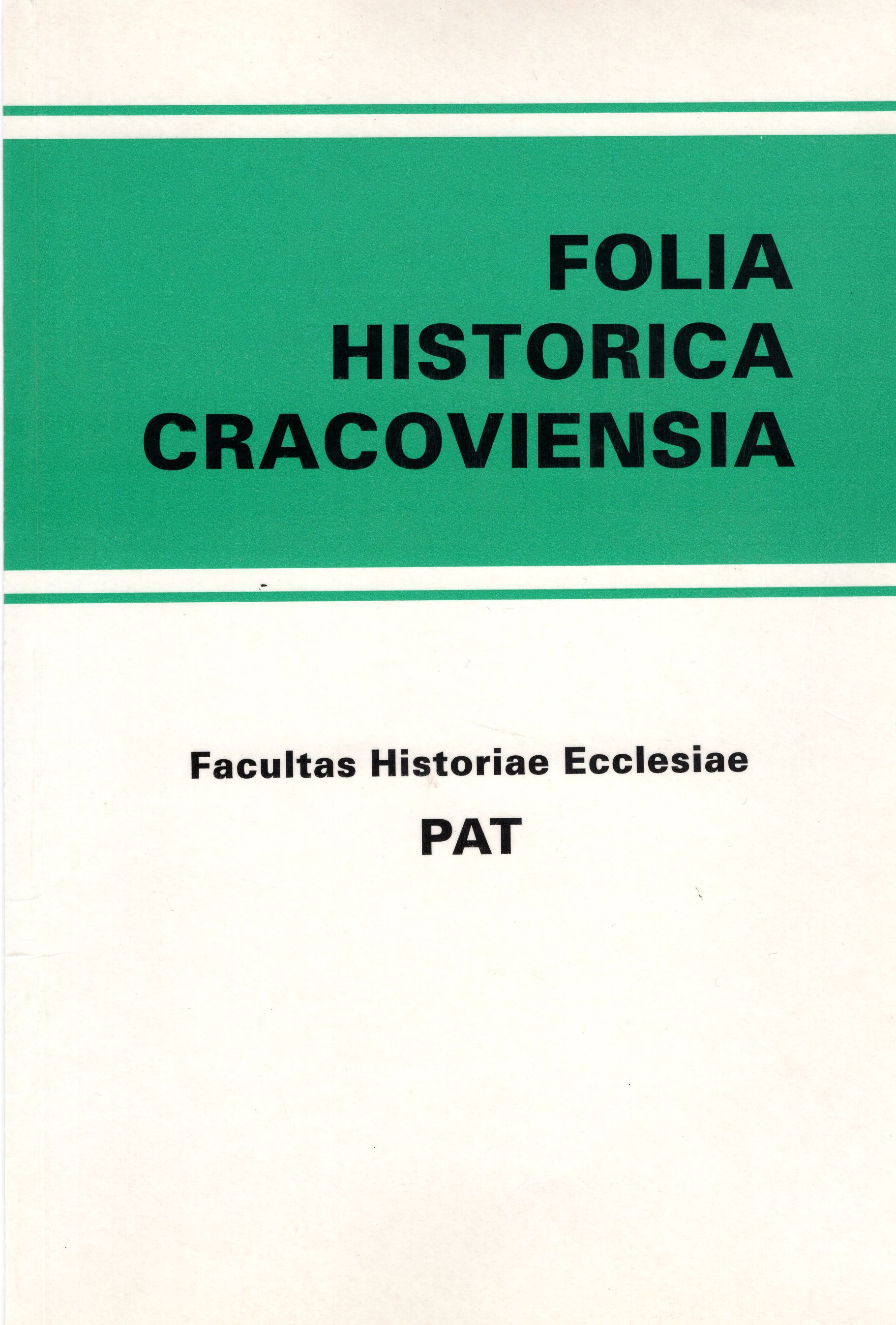
Artykuł wieloaspektowo rozpatruje kwestię kazania jako pełnowartościowego źródła historycznego.//The article discusses the multiple aspects of the sermon as a fully valid historical source.
More...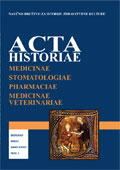
This paper offers an overview of eugenic sub-cultures in EastCentral Europe developed between 1900 and 1944. Special attention has been paid to the intricate issue of ethnic survival and minority rights, along with the process of ideological transmission and application of eugenics within regional, national and trans-national contexts. The eugenic strategy pursued by ethnic minorities in EastCentral Europe was meant to ensure their survival amidst a growing trend towards national homogenisation and eradication regional differences. Importantly, these eugenic sub-cultures aimed not only to revive the ethnic minority from within but to reshape its relationship with the host nation-state, based upon principles of racial exclusivity, homogeneity and protectionism.
More...
The article is dedicated the coverage of Russian journals annexation of Bosnia and Herzegovina by Austro-Hungarian Empire and the annexation of Korea by Empire of Japan in the early XX century. Analyzed the features of lighting authors Russian journals both events. Determined the total and perfect in the key moments of analysts estimates. Analyzes the assessment of journal reviewers to official statements and documents related to annexations. Covered by international position of Bosnia and Herzegovina and South Korea in the early 20th century and the events that preceded the annexation of these countries. Compared the two views on political events from the perspective of various Russian journals and the total number of mentions on the pages periodicals. Determined major changes in the coverage of international relations and foreign policy of Austria-Hungary and Japan by journals authors. Highlighted the main points related to the preparation and implementation of the annexation of these countries. Highlights changes in international politics after the annexation of Bosnia and Herzegovina by Austria-Hungary and the annexation of Korea by Japan. Analyzed the changes in the foreign policy of European and Asian countries.
More...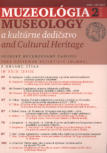
Restoration and preservation of urban systems, such as town fortifications, is a complex issue which requires a systematic approach in order to achieve compatibility between the aims and goals of conservationists, design architects and municipal administration. This paper describes a methodology for the preparation of project documentation for the restoration of town fortifications in the city of Modra. With some modifications, it can be applied to similar situations in documenting the development of urban space in Slovakia or abroad.
More...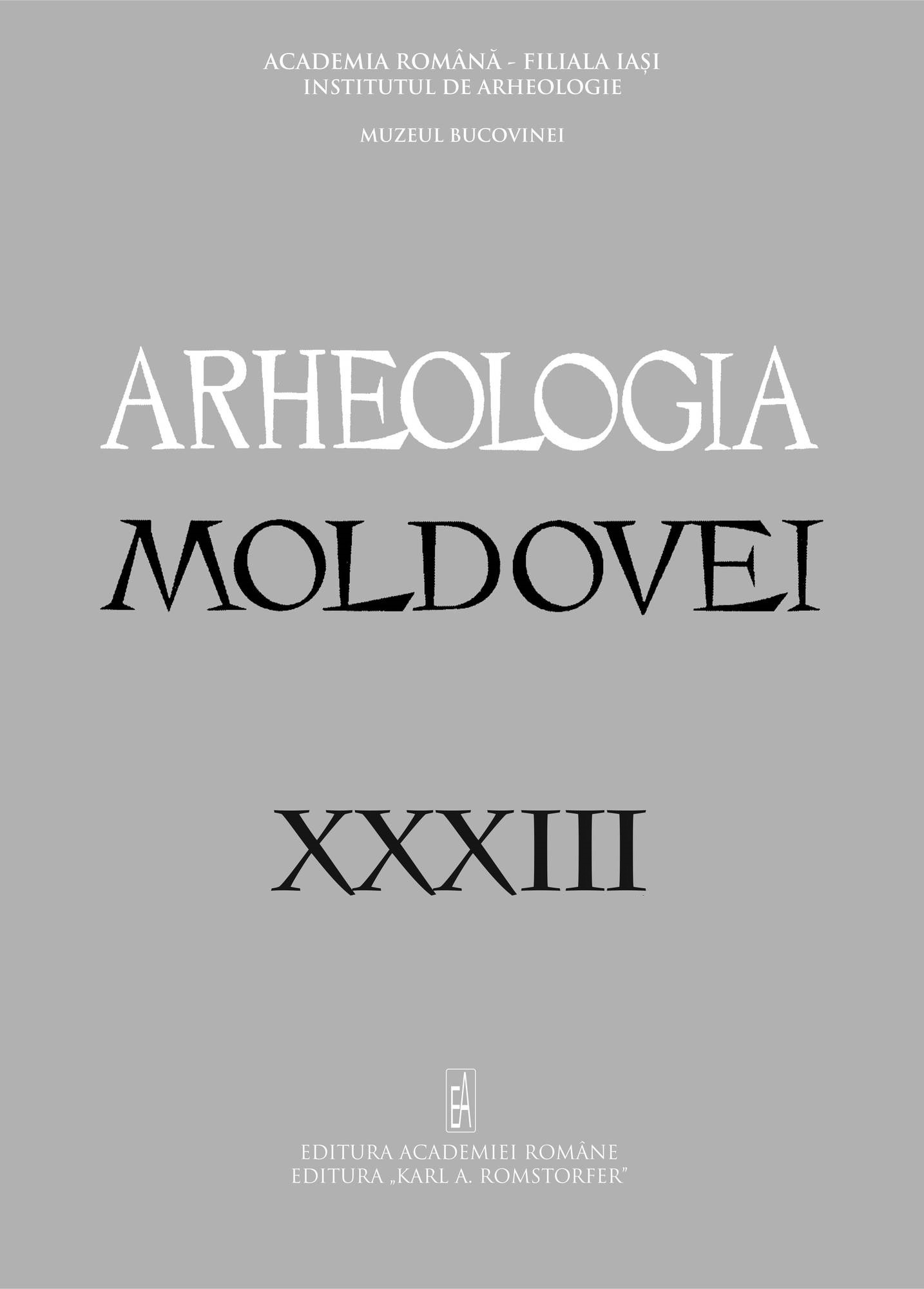
The proposed brief review is mainly focused – from the standpoint of currently available geostratigraphical, chronological and strictly archaeological data – on the most important cultural and colonization shifts that took place on the territory of today’s Ukraine in course of the Middle and Upper Pleistocene. As a geochronological frame, the official stratigraphical scheme of Quaternary deposits of Ukraine (URMSK 1993) based upon the works of M. F. Veklich and his team1 is used in this paper. Nevertheless, it should be specially pointed out that the regional stratigraphical scheme is under active reconsideration at present, and this situation sometimes results in certain misunderstanding, as the same geostratigraphical terms are often used under different geochronological meanings (fig. 1). That is why the OIS sequence now appears to be the most suitable guide for the aim of consequent description of Palaeolithic development in the country. OIS 19 is regarded as the base of the Middle Pleistocene. The proposed synopsis is based on a bulk of special publications dealing with various aspects of archaeological and natural science data, but constraints of the volume provide no room to refer directly to all used titles; therefore references cited have to be essentially limited. It should also be noticed that only stratified localities were taken into consideration for the present survey.
More...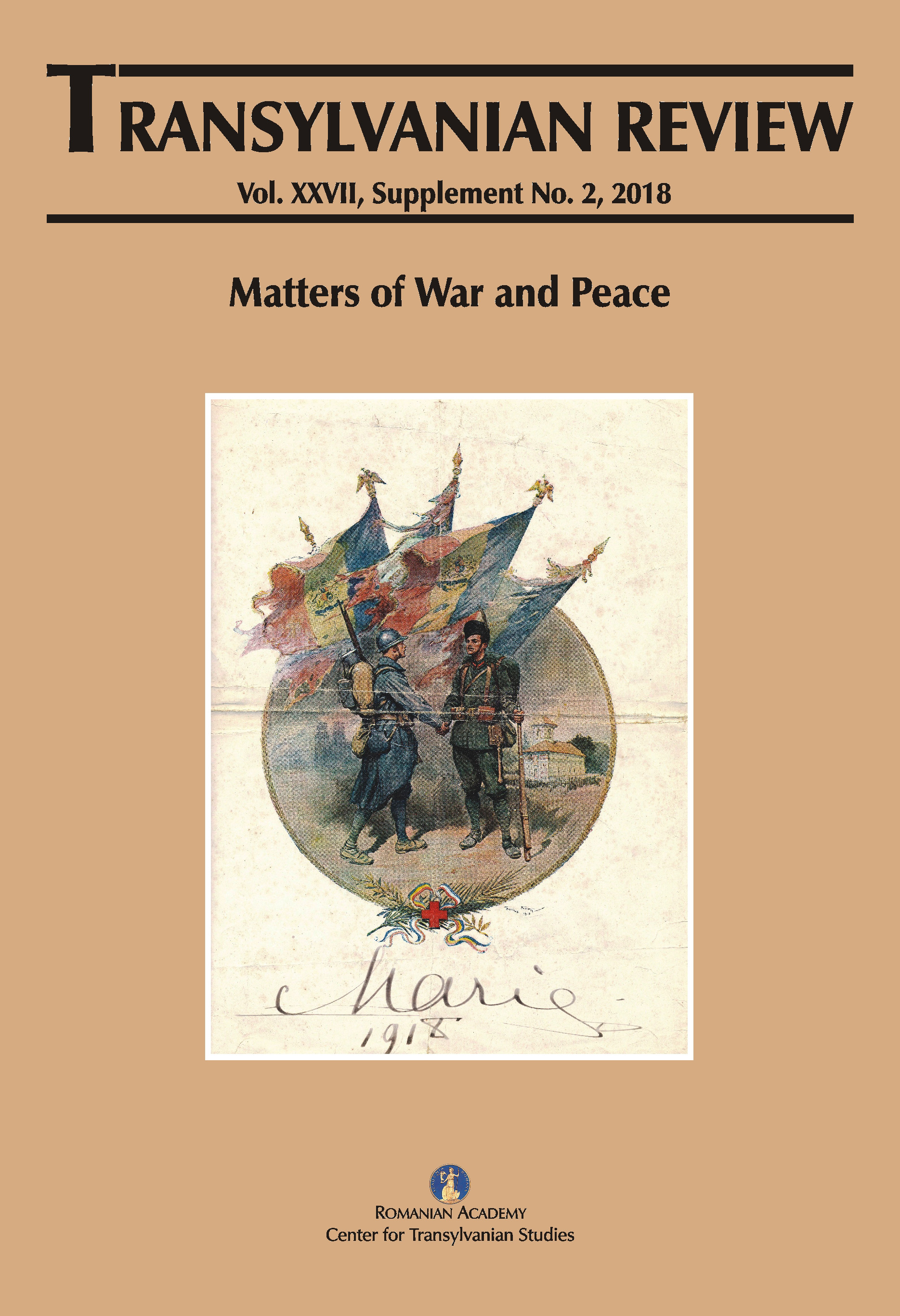
The initial distrust of the French officers and diplomats towards the Romanian Monarchy was mostly a precautionary attitude, not against the nature of this regime, but against the nationality of a sovereign whose name, Hohenzollern, gave the impression of a whole political programme. After the death of King Carol I, the self-transformation assumed by his successor, King Ferdinand I, his own loyalty to the cause of the Entente, would transform this new monarch, and even more his English born wife, Queen Mary, into reliable partners for the Entente, and in particular for France, represented in Romania during the Great War mainly by General Henri Berthelot, chiefof the French Military Mission (1916-1918).
More...
Bearing in mind the fact that in the Middle Ages the region of present-day Romania was in many ways tied to the region where Serbian people lived, the aim of this paper is to present a short overview of the relations between the two countries in the Middle Ages until the Ottoman Conquest, highlighting the connections, influences and cohabitation between the two people.
More...
The original of the betrothal contract between Vladislav (II) Nemanjić and Constanza Morosini, written in Serbian and Latin, has not been found since, at least, 18th century. The document was, however, published several times on the basis of various copies, all of which stemmed from the same source – a translation from Serbian into Old Italian vernacular. It represents the only surviving documentary evidence of this (pre)marital union of the Serbian dynasty and the Venetian patrician family of Morosini, linked directly to the Hungarian dynasty of the Árpáds. It is also considered to be the document that contains the first mention of the Serb orthodox bishopric of Bosnia. However, the identification of that bishopric is still elusive which makes it a subject of open debates in historiography. The Old Italian translation of the contract is currently to be found in at least four known manuscripts, all of which are kept in Venice. This article discusses the preserved copies and their mutual links, Italian tradition concerning the personality of Constanza Morosini, historical background of the contract and the relevance and validity of the data contained in it. It also gives the analysis of the inner structure of the document and critical edition (with translation in modern Serbian language) based on the earliest extant copy – the autograph of Marino Sanudo the Younger (the first book of his work The Lifes of Doges).
More...
The town of Prizren fell under Ottoman rule during the reign of Mehmed II the Conqueror, after 1444 and before 1452/53, the year from which the first reliable information on Ottoman possession of the town dates. Claims from Serbian chronicles about the seizure of Prizren in June 1455 must be dismissed as the new sources testify to the existence of the Prizren Sanjak in early March 1455 at the latest. In the first decades of Ottoman rule, Prizren did not undergo significant changes in urban terms. The greatest change was the construction of several Islamic religious and communal facilities and turning the Church of Our Lady of Ljeviš into the main town mosque. All new buildings were erected in the key places in the town with the aim of ensuring full control over the lives of its inhabitants. In the late 15th and the first two decades of the 16th century, new Islamic places of worship were erected in accordance with needs, on the periphery, due to the influx of settlers. As a result of economic progress, achieved in this period, a larger number of patrons built in Prizren caravanserais, schools, bridges, fountains. Intensive Islamisation at the time of Sultan Suleiman the Lawgiver resulted in the construction of mosques and masjids in downtown quarters, earlier inhabited exclusively by Christians. The erection of the religiouseducational complex of Mehmed Bey Dukagjinzade in the second half of the 16th century marked the end of this process, which led to the transformation of this medieval Christian town into an Islamic-Oriental town. Prizren was a mixed ethnic and religious milieu, where the Serbs dominated until the second half of the 16th century. Due to strong Islamisation and a more significant influx of the Albanians, which unfolded in parallel, the Serbs no longer constituted the majority of the urban population, but remained the most numerous Christian community. According to our estimate, the total number of inhabitants of Prizren in the 16th century varied between 2600 and 3800.
More...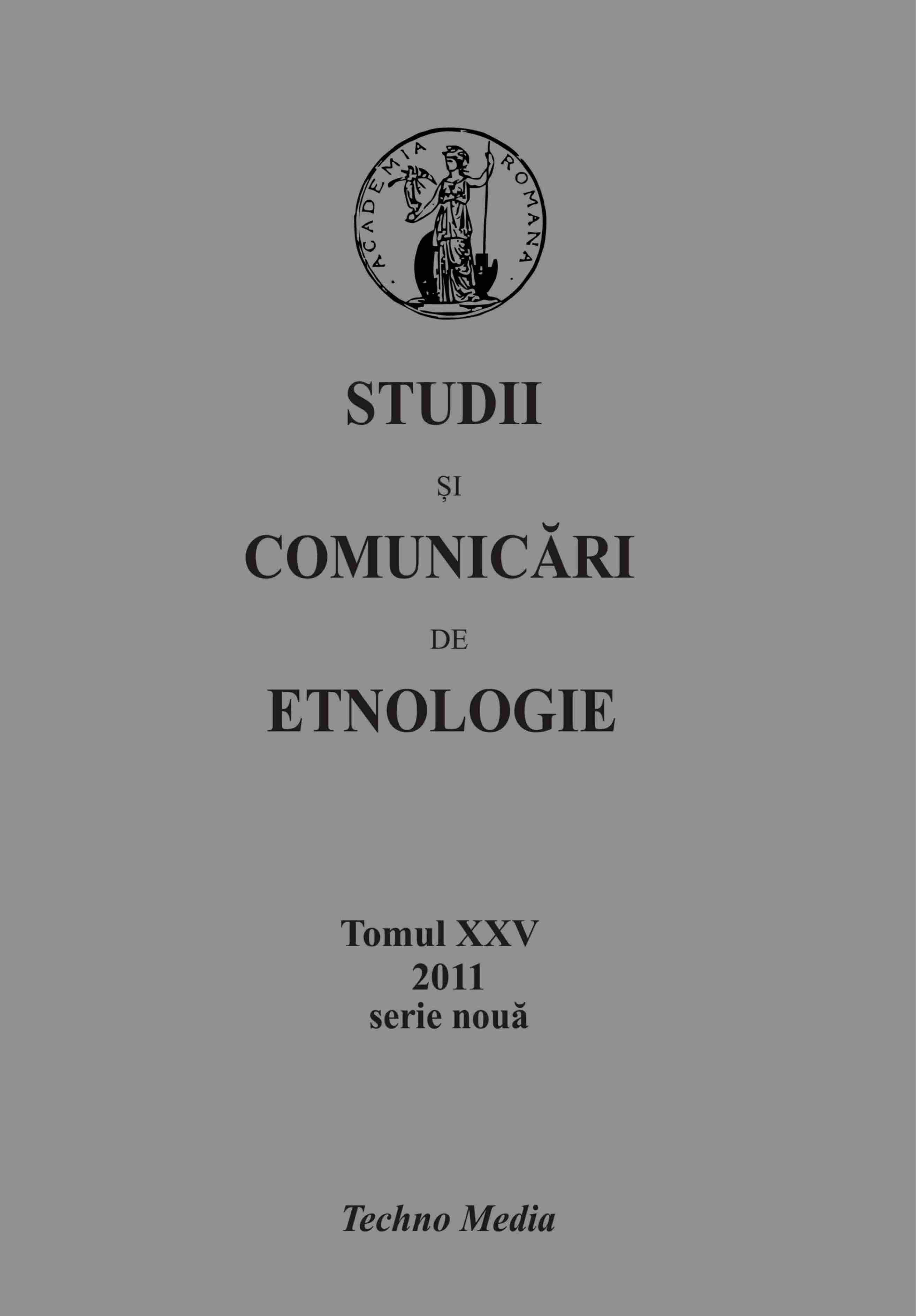
The most known model which try to discriabe almost all cultures all over the world, is Geert Hofstede’s one. This model try to point out the main factors whice shape a culture and thereby differentiate the cultures all over the world. This article tries to show the importance of every dimension for the conception of an intercultural training for the romanian people.
More...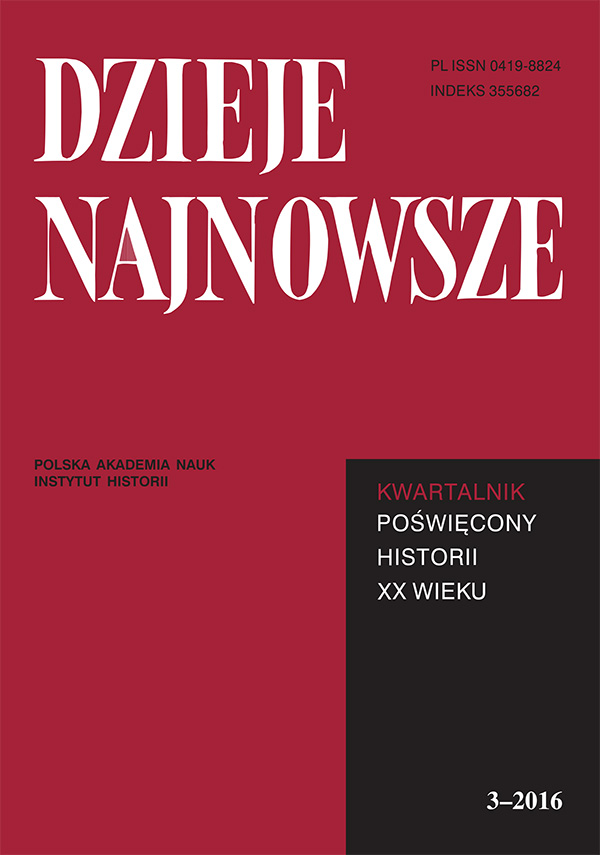
This paper emphasizes the importance of the archival legacy of the Italian botanist and geographer Antonio Baldacci (1867-1950), who was associated with Montenegro by his scientific work and interest,economic and political activity, as well as friendly and business relations with numerous figures from the country. Highlighting the significance of Baldacci’s correspondence is particularly indicative of the Baldacci’s interest in Montenegro, as sixteen letters sent to Baldacci from persons of different social, cultural and national milieu are presented to the readers and analyzed. Letters are written in Italian and South Slavic languages, and in this paper they are published in translation.
More...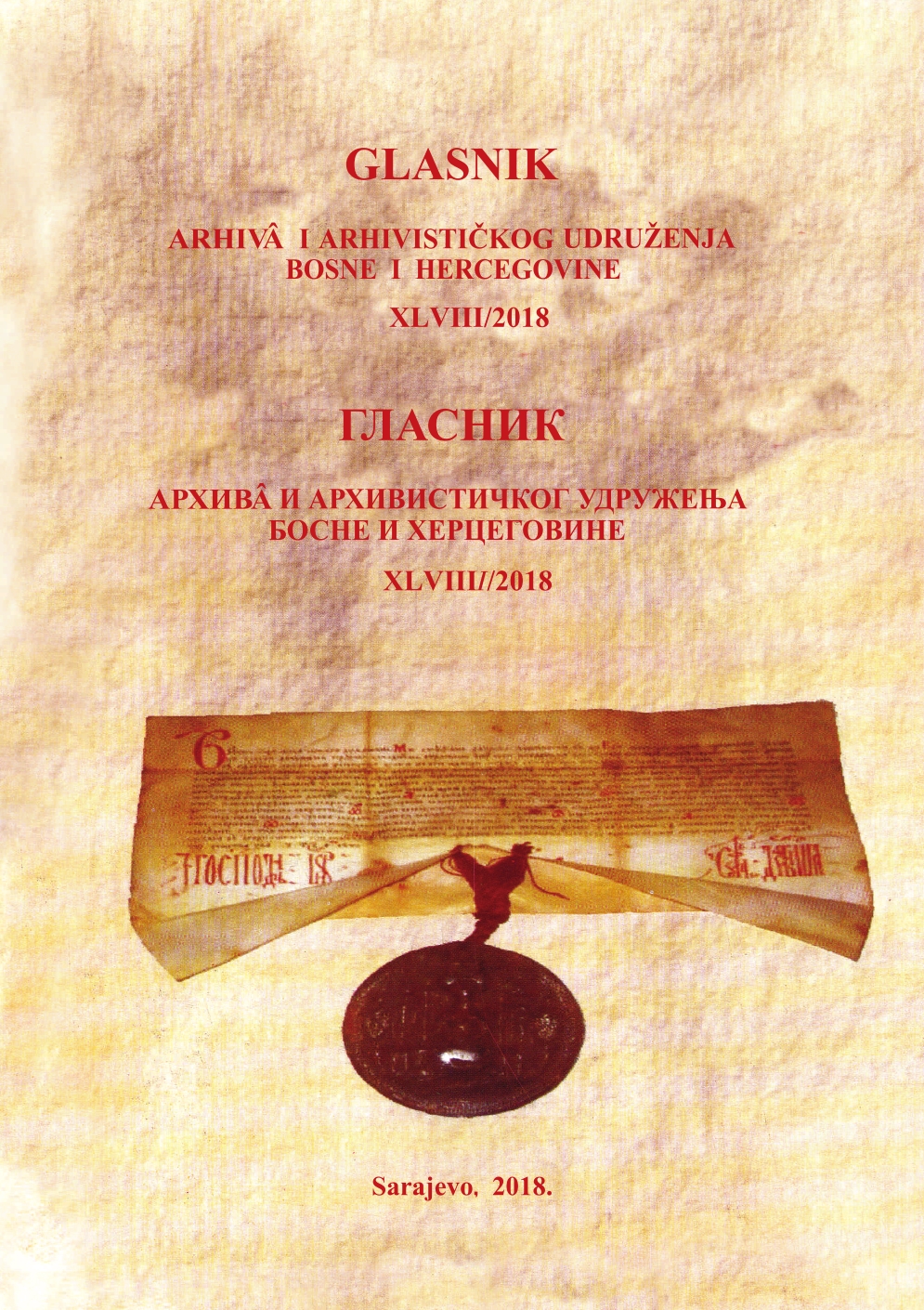
The issue of the terms "Southeastern Europe" and "Balkan Peninsula" has recently attracted the attention of the scientific public. Most historians agree that these two terms have different geographical coordinates, and inseparable and intertwined past, which in certain historical epochs received extremely dichotomic characteristics. This paper discusses the roots of the political and religious determination of Southeast Europe, on the basis of which the present image of this area has been integrated into a unique cultural mosaic.
More...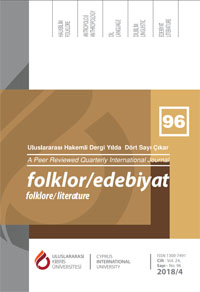
In this study, the snake will be analysied in the Sumerian, Egyptian, Indian and Turkish myths. Archetypal analysis method will be used. Sumerian, Egyptian and Indian myths, known as arising and being regarded as the oldest myths ever, will be studied. Turkish myths will be studied to state our culture. Dual character of the snake will be showed as good-bad, masculine-feminine, bright-dark. These features will sembolize their contast in different myths. The snake, taking part in similar myths of different cultures, will be handled as the first examples of archetypes. Also these myths will be handled in similar aspects. Myths make culture transfer from past to present and give knowledge about the society, to which they belong. These myths that the snake is similar to snake in other cultures will be studied comparatively. Comparative study aims to Show how the myths take part in the subconscious of different cultures in similar ways. In the direction of informations about snake, the snak will be classified as being creative, devilish and being a healing figüre. The archetypes of Jung will be used to explain mother, trickster, rebirth and great wise figure in the snake myths.
More...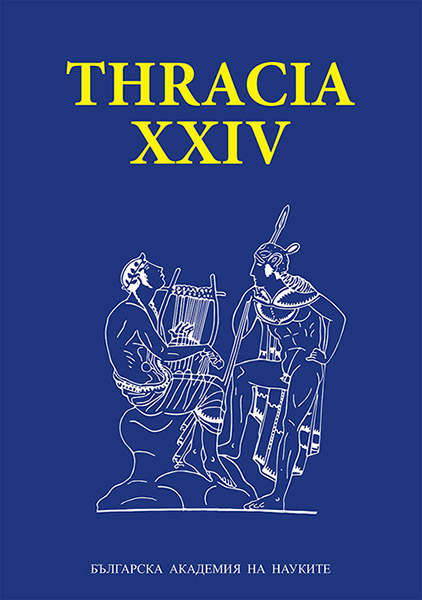
The paper is a continuation of the article Ἀλέξανδρος und die vorgriechischen Namen auf -ανδρος published in the volume Thracia 15 dedicated to the 70th anniversary of Professor Alexander Fol. On the one hand, it disproves D. Dana’s untrue and unsubstantiated assertion that according to the author of the article, Ἀλέξανδρος is a Thracian name, and on the other hand, it discusses new research on the languages spoken in the Palaeo-Balkan space, as well as onomastic evidence that is either new or not used in the article, providing additional grounds for supporting the hypothesis expressed there.
More...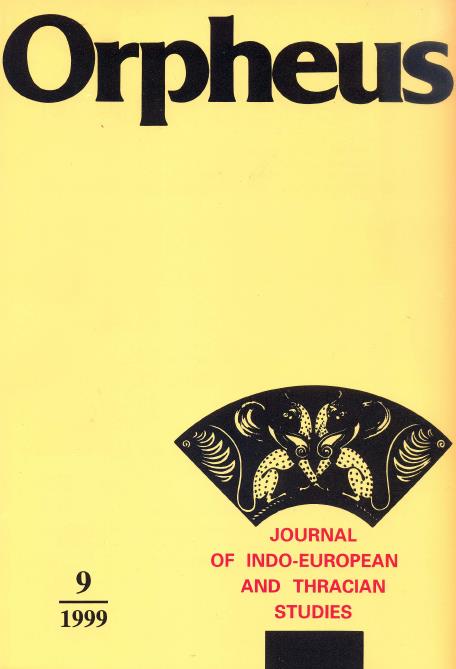


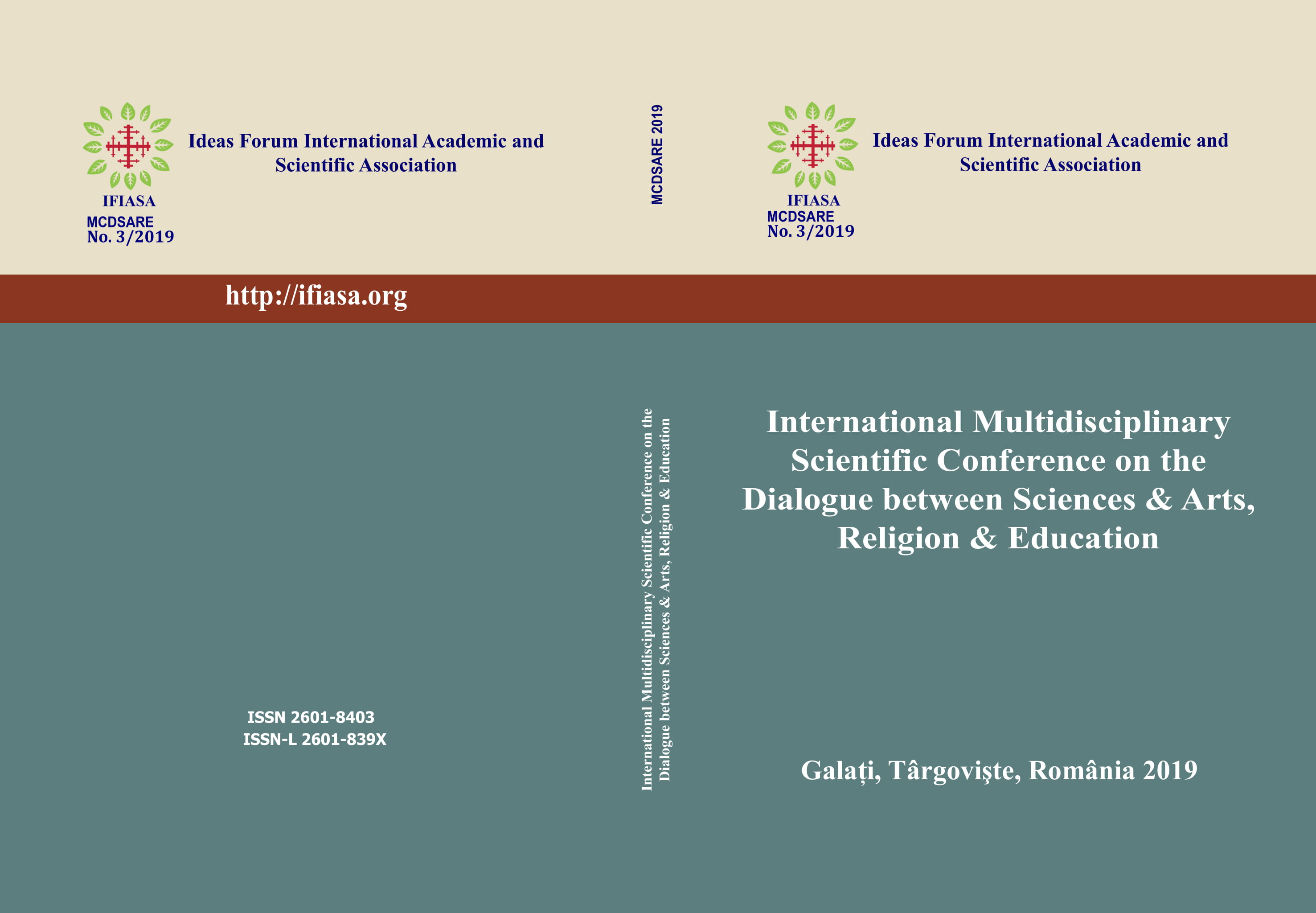
In the present paper, we set out to determine the historographical landmarks of the approaches tounderstanding the concept of limes, in order to understand its great semantic complexity, which is thebasis for the construction of limes theory. The theory of limes emerged in the nineteenth century, and themeaning of the term was a fortified defensive barrier surrounding the Empire's territory, defending it fromthe external danger that the Romans identified with the barbarian world. Moreover, Theodore Mommsendefined limes as the space between the wall and the line of defense in the field on the other. The researchspaces for which these meanings were then established were the ancient territories of Germany andRaetia. Overall, the theory emerged amid the analysis of the boundaries of the vast Roman Empire, in thecontext of attempts to redefine the relations between the center (Rome and the Italian Peninsula) and theperiphery (the provincial territories and the barbarians at the edge). One can speak of a cosmology inwhich the territory is not limited, but the power of Rome establishes the reporting space. Paul Chaval,speaking of space and power, notes that the Empire is stopping its expansion on the edge of the civilized /cultivated universe. Charles R. Whittaker notes that the Roman attitude towards the border combines thepractice of divination with the delimitation of the enclosure. It is Rome that creates order in chaos, andthe sacred space, organized is delimited by profane, unorganized space.
More...